All About Iran's Military Power
Though it's been drowned out by other news lately, let us not forget about Iran. In recent months alone it shot down a $200 million U.S.-made drone, captured a British oil tanker, and was implicated in last month's drone and cruise missile strikes against Saudi oil refineries. Conflict—at least in a limited sense—between the United States and Iran is a growing possibility, as Iran racks up a series of trollish provocations that go unanswered. As tensions between the U.S. and Iran flare up again, let's take a good look at a country uniquely good at sticking in America's craw.
One of the most unusual military powers in the Middle East, let alone the world, is the Islamic Republic of Iran. Iran's military is large but antiquated, split between factions and incapable of mounting a serious threat to the United States. At the same time, the country is invulnerable by any practical measure and an intractable problem for Washington and its allies.
Iran's government is a theocracy ruled by a Supreme Leader, Ayatollah Ali Khamenei. He functions as commander-in-chief and thus commands both the regular military, the Islamic Republic of Iran Army (IRIA), and the Revolutionary Guard Corps, a paramilitary organization. The IRIA is the country's mainstream military force, an umbrella organization for the regular Army, Navy, Air Force, and Air Defense forces.
The Revolutionary Guards exist to both protect the regime from internal dissent and to project power into the Persian Gulf and neighboring countries. The existence of two separate armed forces—one for the nation, one for the regime—is a hallmark of totalitarian governments, from Saddam Hussein's Iraq to the Chinese government of today. The Nazis did it too.
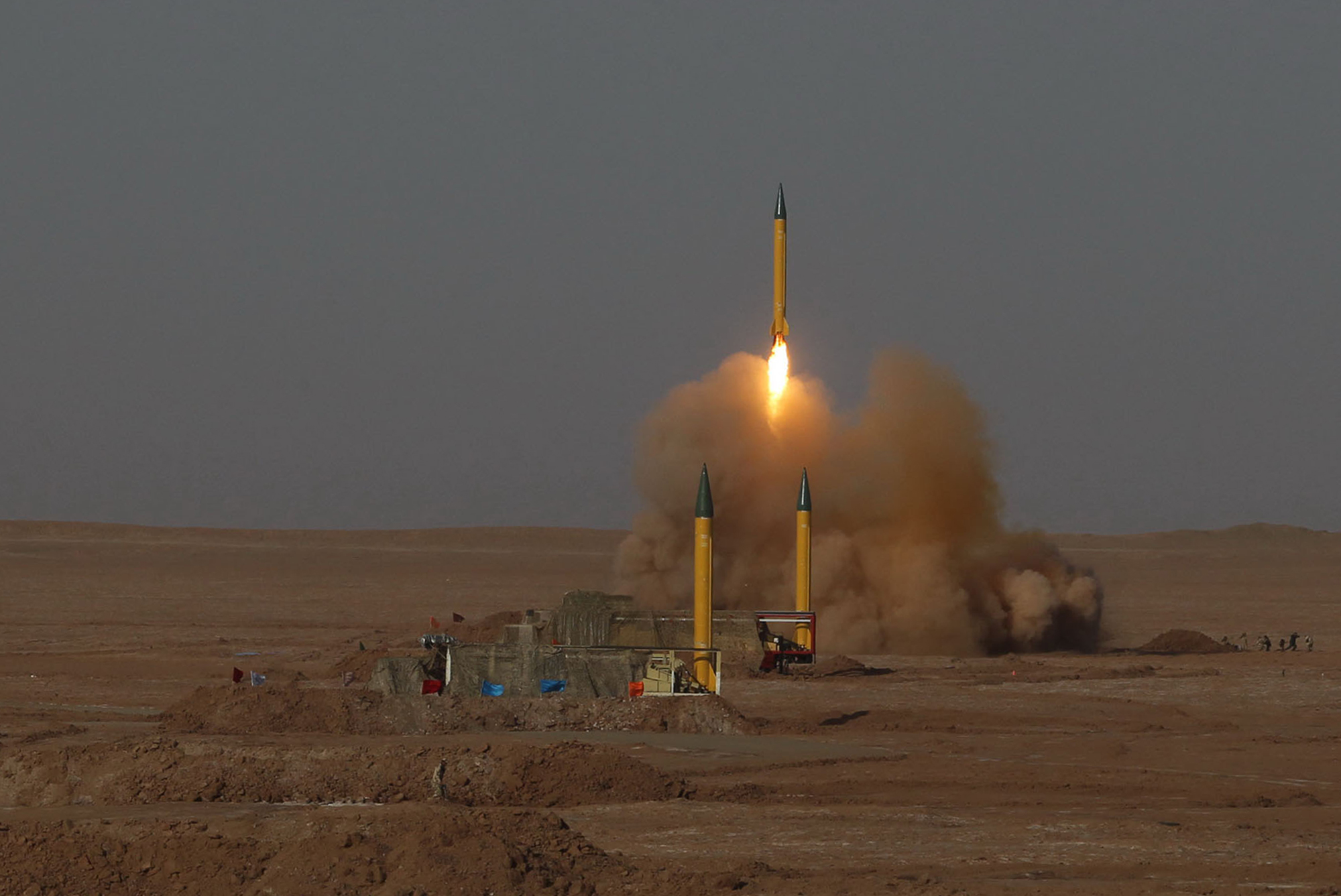
The Army, Navy, Air Force, and Air Defense Forces consist of about 400,000 full-time personnel, with the vast majority—approximately 300,000—serving in the Army.
The four services were built up during the 1970s by the Shah, the country's monarchical ruler until the 1979 revolution. The Shah positioned himself as a loyal ally of the United States and purchased huge numbers of weapons, including M60A1 tanks, F-14 Tomcats, SeaCobra attack helicopters, and guided-missile destroyers. (The Shah even expressed an interest in the SR-71 Blackbird but was politely turned down.) By 1979 the Iranian Armed Forces were the most powerful in the Middle East.
The 1979 revolution changed all of that. The Shah fled into exile and his repressive regime was replaced by an equally repressive theocratic regime. The new government, headed by Ayatollah Ruhollah Khomeini, expressed hostility in the West—and United States in particular. This did not do great things to the Iranian military, which in addition to being gutted of pro-Shah personnel was cut off from support for its military equipment. A devastating eight-year war with Iraq destroyed much of the Iranian armed forces, and an arms embargo against the country has deprived it not only of spare parts but replacement equipment.
As of 2013, the Center for Strategic and International Studies estimated the Iranian Ground Forces to have 350,000 troops, with 130,000 professional soldiers and 220,000 draftees. These troops operate 1,663 main battle tanks, 725 infantry fighting vehicles and reconnaissance vehicles, 640 armored personnel carriers, 2,322 towed and self-propelled howitzers, and 1,476 multiple rocket launchers. It's a formidable force on paper but much of it is 1970s-vintage, and a single U.S. Army division could probably make mincemeat of it in short order.
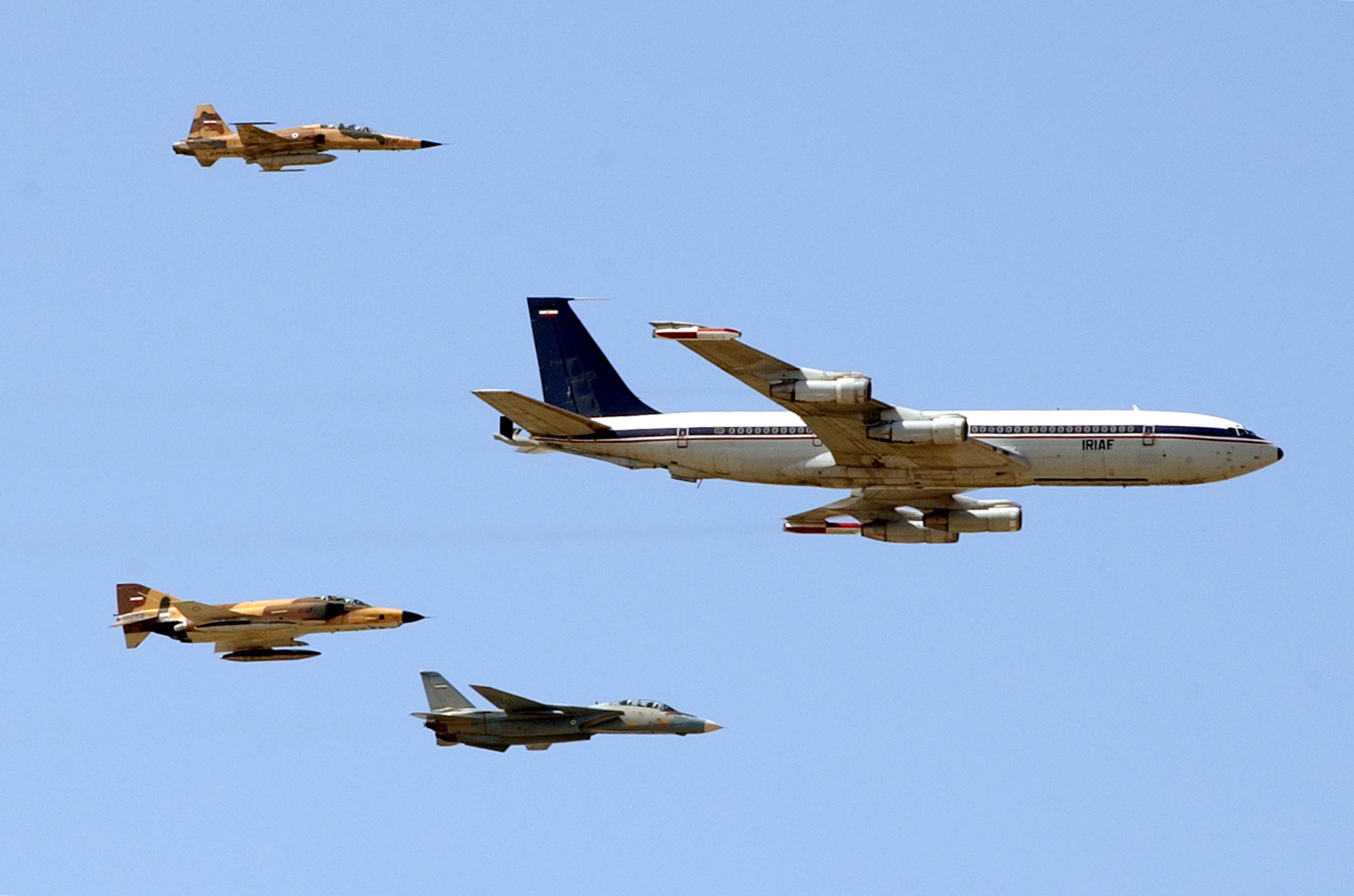
Iranian air and naval forces are in similarly poor shape. The Air Force consists of just 47,000 personnel, with a meager fighter fleet consisting of 47 F-4 Phantom IIs, 24 F-5 and Saeqeh fighters (more on those later), 20 MiG-29s, the last 24 F-14 Tomcats flying anywhere on Earth, and 17 Chinese F-7 fighters.
The Navy is even worse off, with just 18,000 personnel to defend a coastline longer than the west coast of the United States—plus protect Iran's interests in the Gulf of Oman and beyond. The Navy is centered around two new Jamaran-class frigates, copies of frigates sold to the Shah by the United Kingdom, and a mix of about two dozen older frigates and patrol boats, all armed with anti-ship missiles. Iran purchased three Kilo-class submarines from Russia during the early 1990s but those are thought to be in poor condition today. Iran also fields 14 North Korean Yono-class midget submarines.
Even Iran's most modern, homebrewed equipment is based on antiquated Western equipment. The Zulfiqar tank is based on the 1960s-era M60 main battle tank, the last of which left U.S. Army service in the early 1990s. The Saeqeh fighter jet is simply a straight copy of the Watergate-era F-5E Tiger II fighter and finished off with a twin tail. The American TOW anti-tank missile was reverse-engineered into the Toophan missile.
Most weapons are straight copies, still technologically obsolete. The only (dubious) innovation worth mentioning is Tehran's transformation of the famous Sidewinder air-to-air missile into the Azarakhsh anti-tank missile.
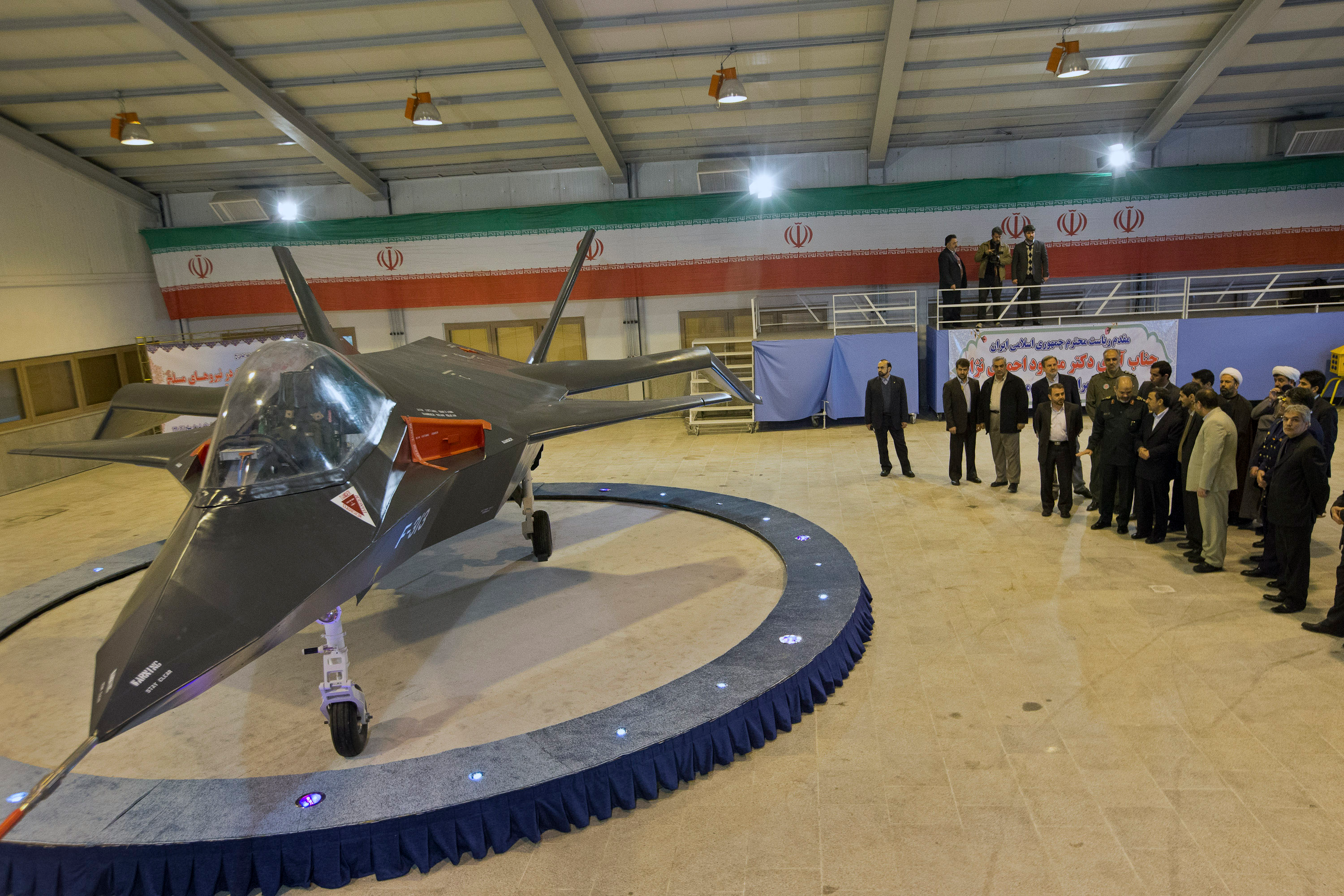
Iran also has "phantom" weapons, which is a polite way of saying the country tends to fib about its military strength. In 2008, Iran released a photograph alleging to depict four rockets launching at once; the image was revealed to be a Photoshopped image of just three rockets. In 2010, the country showed off what it claimed were Russian-made S-300 surface to air missile launch canisters: the "missiles" were actually 55-gallon oil drums welded together and painted. In 2013 the country introduced the Qaher-313 "stealth fighter", but photos showed what was obviously a poorly sized mockup. The odd-looking fighter was shown conducting ground tests in 2017 and then disappeared. In 2017 Iran unveiled a new main battle tank, the Karrar, which it claimed was designed and built in less than a year. The tank, promised to enter production in 2018, has not been seen since.
Most of Iran's armed forces are largely defensive in nature. U.S. and other forces would generally not encounter them except in the event of all-out war, or airstrikes that brought the Air Defense force into play. The force the West is most likely to encounter is the Islamic Revolutionary Guards Corps. The IRGC is a whole different—and weird—breed of cat.
The IRGC was formed during the Iran-Iraq War as a paramilitary force, loyal to the theocracy, to shore up the war effort. Today the IRGC garrisons the Iranian cities for internal security purposes and is responsible for the defense of the Persian Gulf. The IRGC mirrors the regular army in having ground, air, and sea forces. It also controls the regime's short and medium-range ballistic missiles.
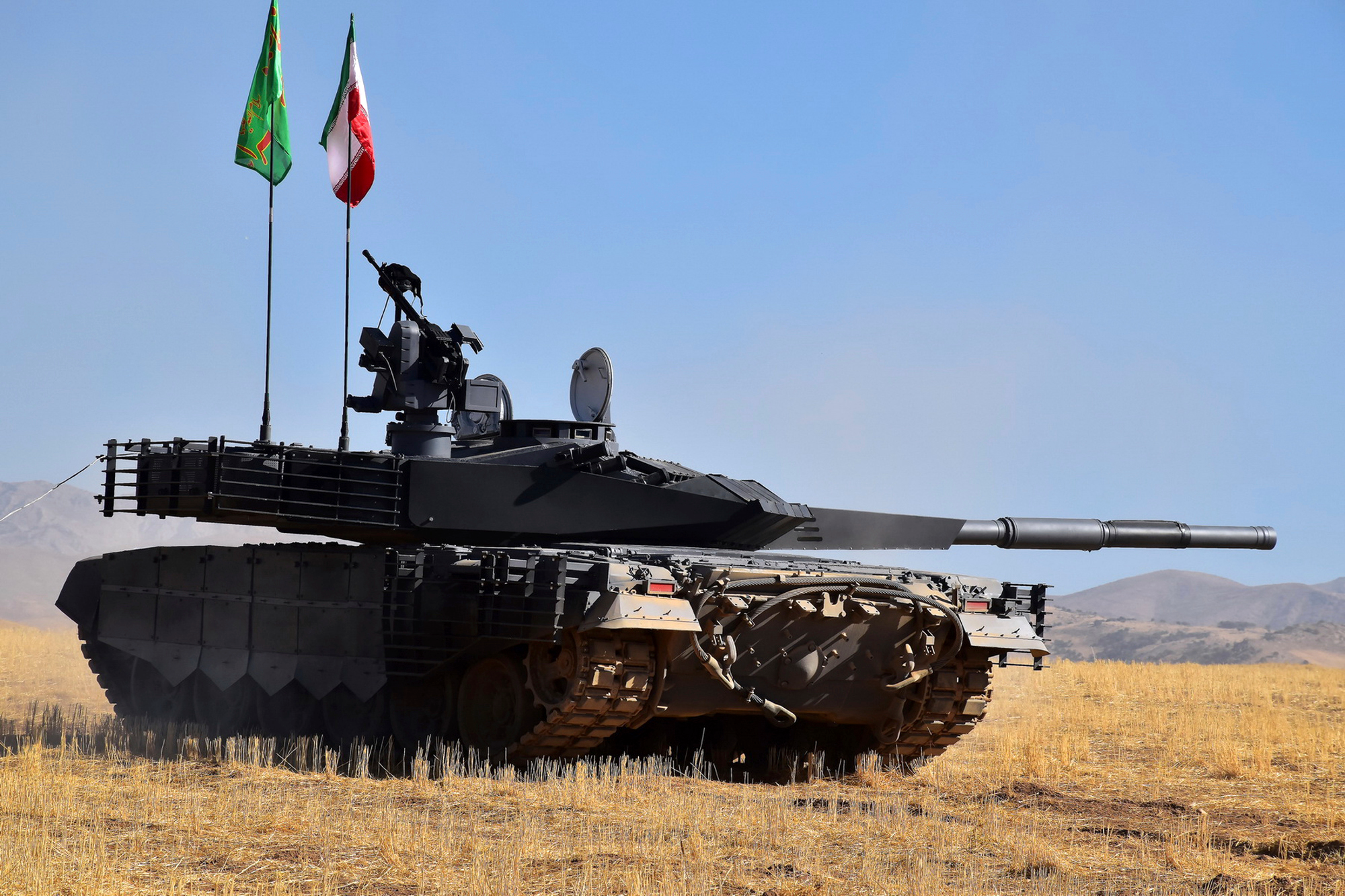
Now, the IRGC is an oddball but uniquely terrifying entity. Its ground forces, the Basij, are poorly trained militias that act as a hedge against civil unrest. The IRGC air force is equipped with 10 Su-22 ground attack jets confiscated from Iraq and several dozen helicopters. The IRGC Navy consists of hundreds if not thousands of small speedboat-sized craft armed with rocket launchers, machine guns, surface-to-air missiles, and other heavy weapons.
While not impressive one at a time, the IRGCN typically plans to swarm larger boats, including warships, overwhelming their defenses and inflicting death by a thousand cuts. Iran's regime calls upon the IRGC when it wants to make a point.
In 2007, the IRGC detained a Royal Navy patrol boat in the Persian Gulf. In 2016, IRGC forces captured two U.S. Navy patrol boats that had bumbled into Iranian waters. On July 19 of this year, IRGC forces boarded and captured the British oil tanker Stena Impero in the Strait of Hormuz. The IRGC also controls the Quds Force, a special forces-type unit designed to train and support friendly forces abroad and carry out attacks worldwide on behalf of the regime.
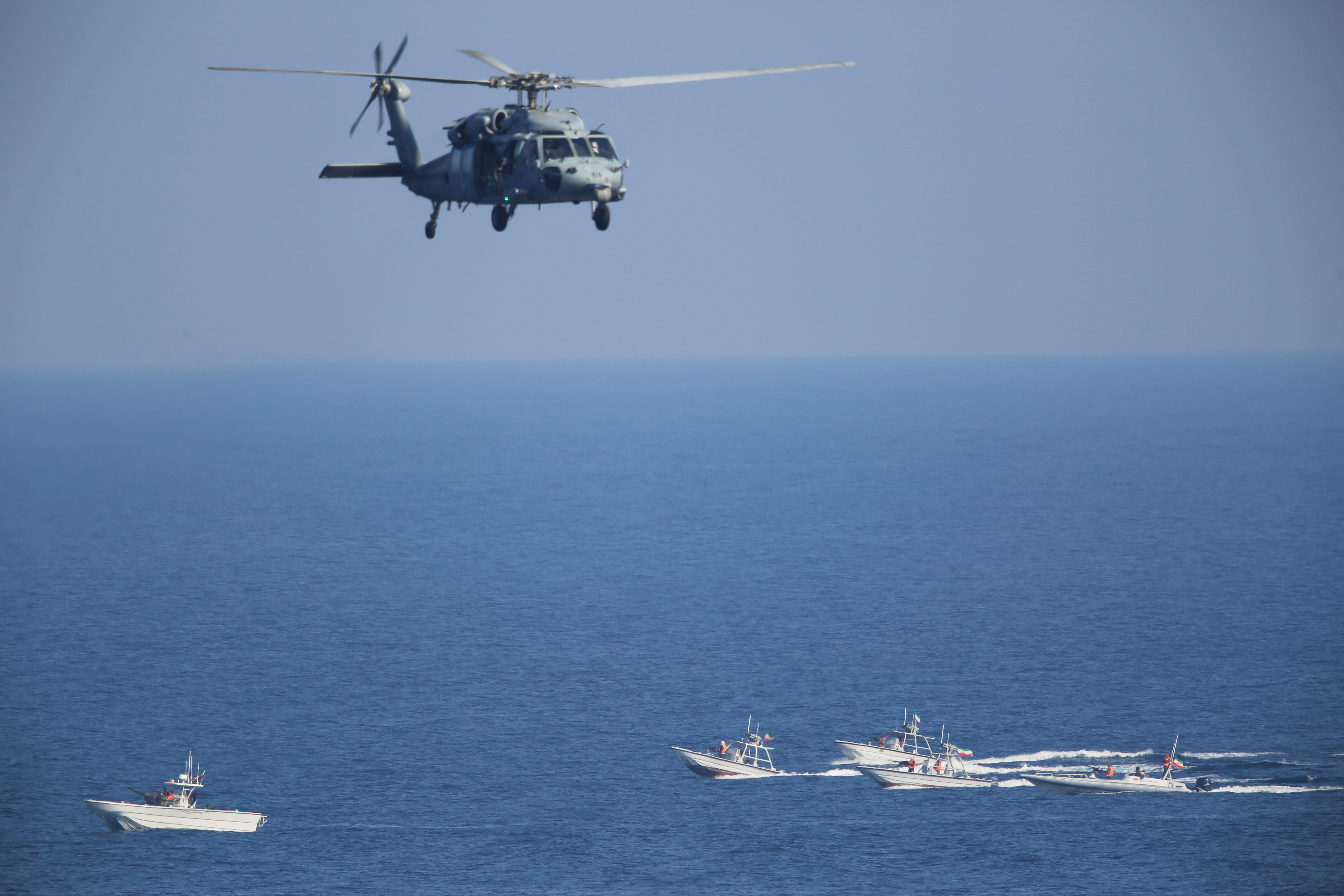
Iran is not a major military power. Iranian military spending is low—in 2018 it amounted to just $13.2 billion or 2.7 percent of GDP. (By comparison, neighbor Saudi Arabia spent just $67.6 billion, while the U.S. spent $649 billion.) Economic mismanagement, fluctuating oil prices, and international sanctions have hobbled the Persian giant.
Iran's most important military assets are not weapons but its size and location. At 636,400 square miles and a population of 81 million, Iran is four times as large as California with twice the population. If the post World War-II experience is any guide it would likely be impossible for the United States to invade and pacify such a large and populous country. Much of the terrain is rugged and conducive to guerilla warfare. Then there are the cities: Iraq, whose insurgency heavily taxed the U.S. military, had just one city with a population greater than one million. Iran has eight.
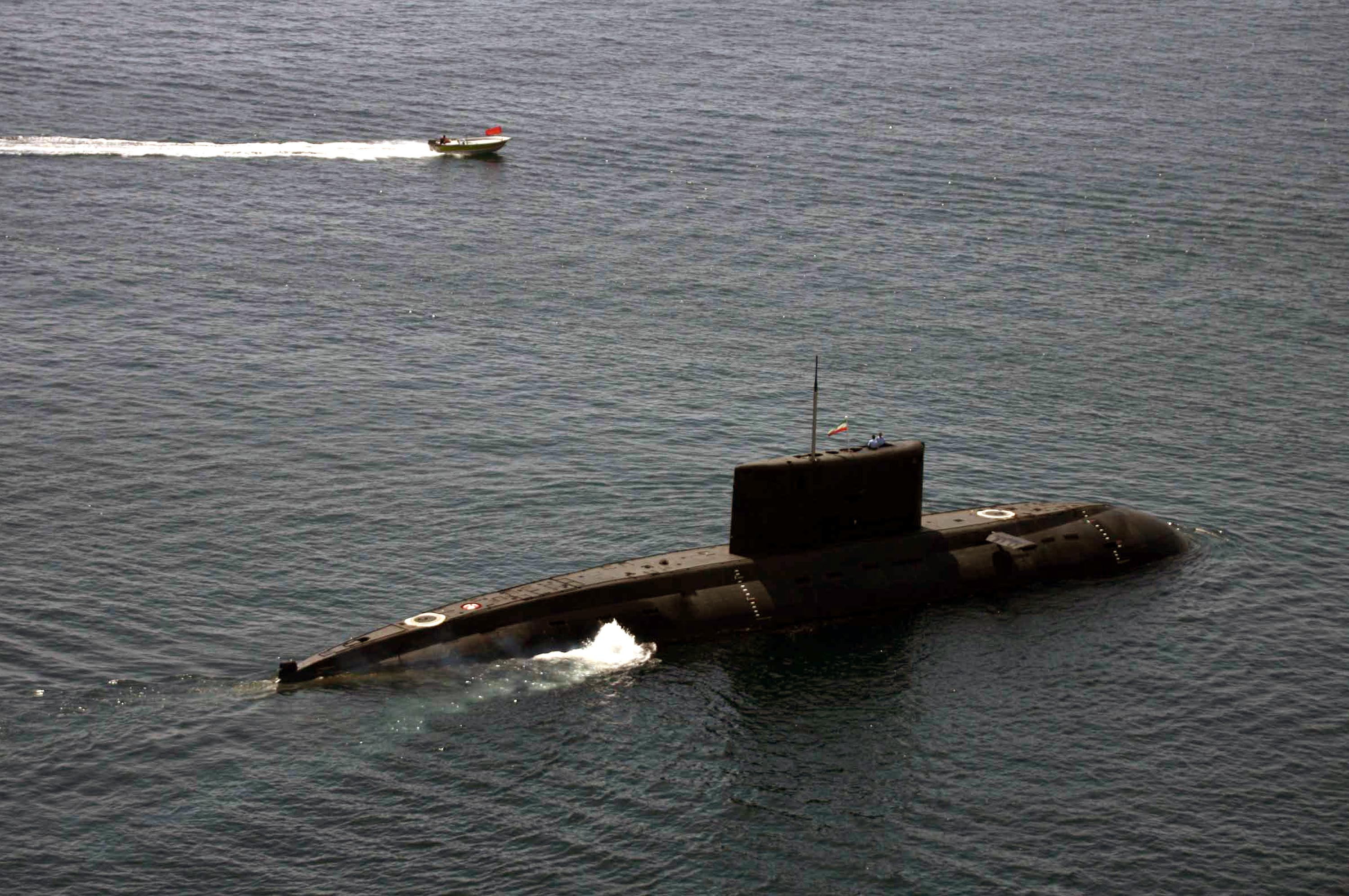
Iran is also uniquely positioned in the world to make life miserable for a lot of other countries—if it wanted to. It can influence the Caucasus, the Middle East, Central Asia, the Arabian peninsula and the Indian Ocean. It can threaten to cut off the flow of oil from the Persian Gulf and mean it. Thanks to power projection tools like the Quds Force and ballistic missiles, this sphere of misery is gradually growing larger. This, as well as Iran's unconquerable nature, means that countries must try to get along with Iran or suffer the consequences.
In the global poker game, Iran holds a poor hand—but it is also never, ever leaving the table. Contain, threaten, engage—none of these strategies seem to produce a better, more agreeable Iran. One thing is clear though: Iran's sheer size all but rules out war invasion and occupation, making war the worst strategy of them all.
